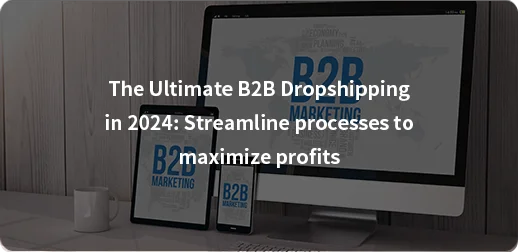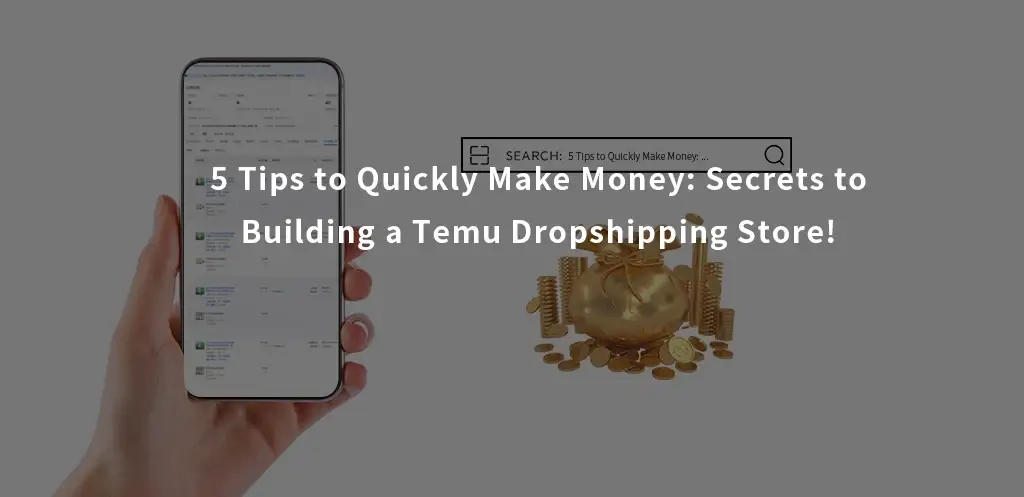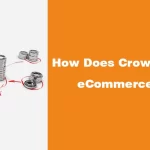With holiday and festive sales contributing to enormous business revenue, it shouldn’t be unexpected that the post-holiday season sees a significant dip in retail sales.
Customers are less inclined to browse online retailers or visit stores after the holiday shopping season.
Consequently, several merchants have witnessed a significant drop in sales in the post period.
Although it is impossible to predict what the first quarter of 2024 will bring, persistent inflation is beginning to limit consumer spending.
In November, the Conference Board’s consumer confidence index slipped to 100.2, the lowest result since July.
While some shoppers may be looking for greater prices in the New Year, sales activity may be further limited.
Hence, this article will open doors for you to effectively beat the post holiday retail slump.
How do you beat the post-holiday retail slump?

With the holiday shopping season reaching a climax in late December, it’s almost unavoidable that revenue will fall slightly throughout the first week of January.
Similar trend can be seen later on too, with many customers incurring large amounts of debt to cover holiday spendings.
January is an important month to catch up on credit card or BNPL payments.
So, what can businesses do to keep consumers from leaving.
Instead of waiting and hoping for buyers to come to them, marketers must be proactive in encouraging post-Christmas sales.
They should utilize a number of variables to drive demand. Whenever shoppers are not in the buying mood, you must convince them to believe it is worthwhile.
They might pay close attention to your actions.
Seven tactics to increase sales
Here are seven tactics that brands can utilize to increase sales after the holidays:
1-Increase cross-selling suggestions
Cross-selling occurs when internet shops give suggestions for goods to visitors throughout their purchasing journey.
These suggestions usually depend on products that consumers have previously seen.
These also go well with those previously bought and are present in the shopping cart.
The purpose of cross-selling is to widen product discovery possibilities and attract consumers to buy more things.
This can result in a rise in Average Order Value and additional additional income.
Cross-selling methods raised sales by a median of 20% yearly, according to a McKinsey study, which has a major impact on your bottom line, particularly post-Christmas sales.
Another advantage of cross-selling is that it reduces fulfillment expenses.
Clients that purchase many items per order save greatly on shipping and packaging expenses, leading to higher profit margins.
2-Selling off excess inventory
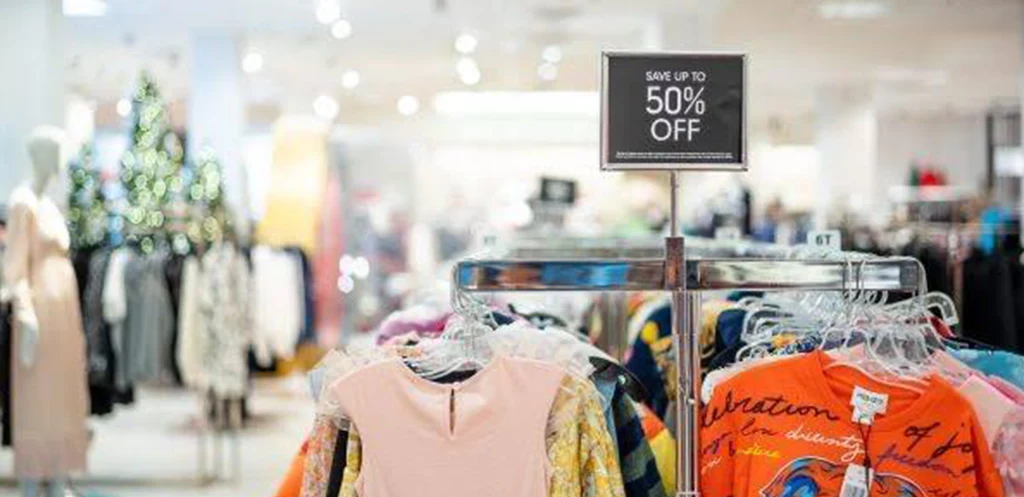
Keeping holiday products on hand ‘just in case’ is a wise tactical decision considering the high demand.
On the other hand, shops might be stuck with seasonal items that are challenging to move once the New Year arrives.
Insufficient stock can be caused by a variety of factors, including inadequate demand forecasts and SKU multiplication.
However, among the main reasons why merchants may find themselves having too many goods on the shelves following festive sales is the holiday season itself.
From holiday decorations to wrapping paper and fake trees, many holiday goods have a very short shelf life after late December.
If you’d like to keep your surplus holiday goods from turning obsolete, you must act soon.
On the plus side, extra inventory allows merchants to open up their shelves in order to provide something new in the New Year.
Here are some of the finest methods for dealing with surplus inventory following Christmas sales:
Discounts
Substantial discounts are an excellent way to get rid of our seasonal goods.
Yet, you must exercise caution not to aggravate the situation by ‘teaching’ clients to patiently wait until post-holiday season bargains.
Product packaging
Bundling is a powerful approach for increasing the worth proposition of items that move slowly.
By combining lesser-known products with those that are in higher demand, you can eliminate clearance items more profitably.
The purchase comes with a free gift
Another possibility is to repurpose leftover goods as a gift with sale or as a social media promotion.
Including some leftover Christmas sweets in your online purchase will be a wonderful surprise that is guaranteed to provide clients with a great view of your company.
This will promote increased emotions of loyalty to you.
3-Bring in some fresh inventory.
On the eve of the holiday season, shifting your leftover holiday inventory should be accompanied by stocking your shelves with fresh goods that meet your customers’ wants.
After all, no one wants to go to their favourite online business and find solely reduced Christmas décor on the first page.
Notifications about new merchandise arriving in your customers’ inboxes or social feeds are one of the most effective strategies to drive purchases without offering discounts.
An excellent place to begin is with the prior year’s sales data.
This will assist you in determining what items normally do well following Christmas sales.
Observe that the New Year is frequently defined by consumers’ desire to try something novel and become the most improved version of themselves.
Furthermore, since customers didn’t get the presents that they desired throughout the holidays, this is the opportunity for them to create their own wish list.
4-Launch new loyalty promotions.

Introducing new bonuses to members of the loyalty program after the Christmas sales offers two major advantages.
Over the immediate future, these initiatives provide companies with an abundance of levers for pulling when revenues begin to stall.
In the long run, however, a flurry of member-only specials and bonuses builds awareness that customers can obtain the greatest deals by joining, hence driving additional sign-ups.
It’s important to keep in mind that today’s customers prefer tangible advantages over discount-based incentives.
Sephora’s Christmas Discounts Program exemplifies ways to reward those who remain loyal while also publicizing the advantages of your program.
Their highest ‘rogue’ tier receives the most discount and earliest entry to the sale, whereas the lower tiers receive less.
Displaying whatever members and non-members may be qualified for is a great motivator for every client to spend extra.
5-Host a flash sale to encourage impulse purchases.

Discounting products isn’t always sufficient to pique consumer curiosity after the holidays have passed.
After experiencing Black Friday and Cyber Monday, so-called ‘deal weariness’ may set in, making customers less sensitive to offers.
This implies that things are consigned to the discounts area in the shop or placed on your e-commerce website, so they may collect dust.
Instead, think about organizing a flash sale following the holidays to increase purchasing urgency.
A flash sale takes place when an online store gives a significant deal for a limited time, typically 24 to 72 hours.
This typically involves substantial discounts, free shipping, or other benefits, such as free gifts upon purchase.
Flash sales efficiently induce FOMO in clients in a short period of time, tempting them with appealing bargains and offers.
This method is especially effective after the holiday season, whenever sales are often low.
Furthermore, flash discounts offer a low-risk way for prospective consumers to try out your business in the New Year.
However, you have to be careful not to overuse flash sales since this can damage your promotional efforts.
Consumers’ drive to make subsequent purchases decreases if they anticipate another appealing deal following the holiday sales.
6-Invest in your social commerce tactics.
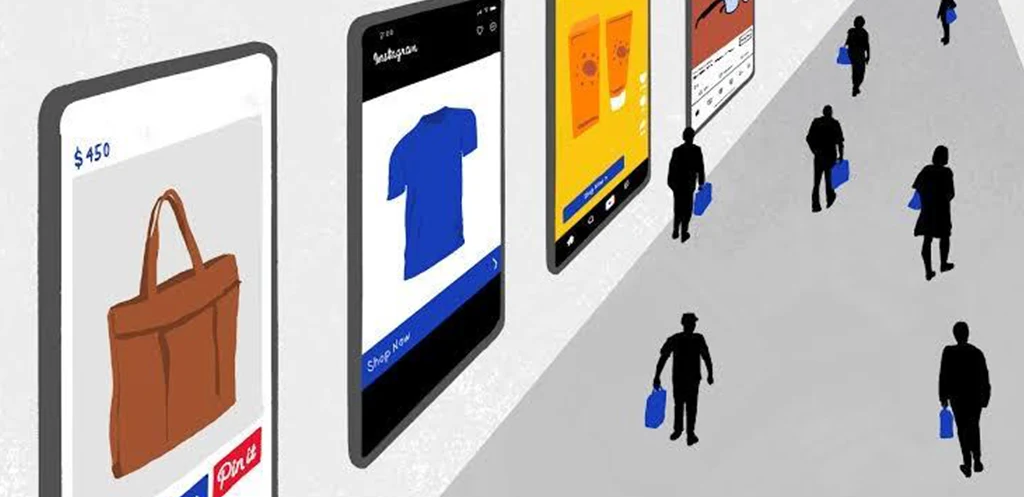
How customers discover items and companies has evolved tremendously as shopping becomes more digital.
According to a Statista report, 58% of youngsters and 54% of Gen Z think that social media sites are more effective than online searches for locating things.
It is better not to refer clients to an online store to complete a transaction.
Social commerce is a sales approach in which firms advertise and market goods directly through social networks such as TikTok and Instagram.
Keeping customers in their preferred app throughout their buying trip increases convenience and reduces the chance of losing revenue due to multi channel switching.
Furthermore, social commerce gives a more natural way for shoppers to come across things even when they are not actively looking for them.
Rather than depending on customers coming into your business, social commerce allows brands to interact with customers where they already are.
Capturing an individual’s interest mid-scroll through an intriguing product preview may be enough to arouse intrigue.
This discovery of a brand’s in-app store, encouraging impulse purchases. This becomes especially helpful after Christmas deals.
7-Incentivize holiday shoppers to exchange products.
The issue of the post-Christmas sales period isn’t only the fall in revenue; it’s also the rebound of undesired holiday presents flowing into your warehouse.
The National Retail Federation forecasts a 17.9% typical return rate for holiday products purchased in 2022.
Finally, post-holiday returns might worsen the drop in sales, resulting in poor effects for your company.
Consumers will almost certainly seek refunds following Christmas sales because not every present is a great match.
Implementing a complicated return process, on the other hand, may harm your brand and increase client turnover.
Simplifying exchanges can flip the return procedure from a nuisance to a chance to recoup lost revenue.
Automation tools such as Loop and Returnly enable marketers to personalize return workflows.
They do this by designating eligible compensation items and recommending replacements for returned merchandise.
These platforms automate the replacement procedure with a single click for items rejected due to size or colour concerns.
Conclusion
The post-holiday dip is difficult for merchants, particularly when combined with a high return season.
However, post-holiday marketing is more than just offering deep discounts.
It is also important to make sure that you provide clients with the correct product recommendations and bonuses to make the purchasing experience appealing.
By implementing the selling methods listed above, you can get a chance to capitalize on New Year’s purchase habits.





